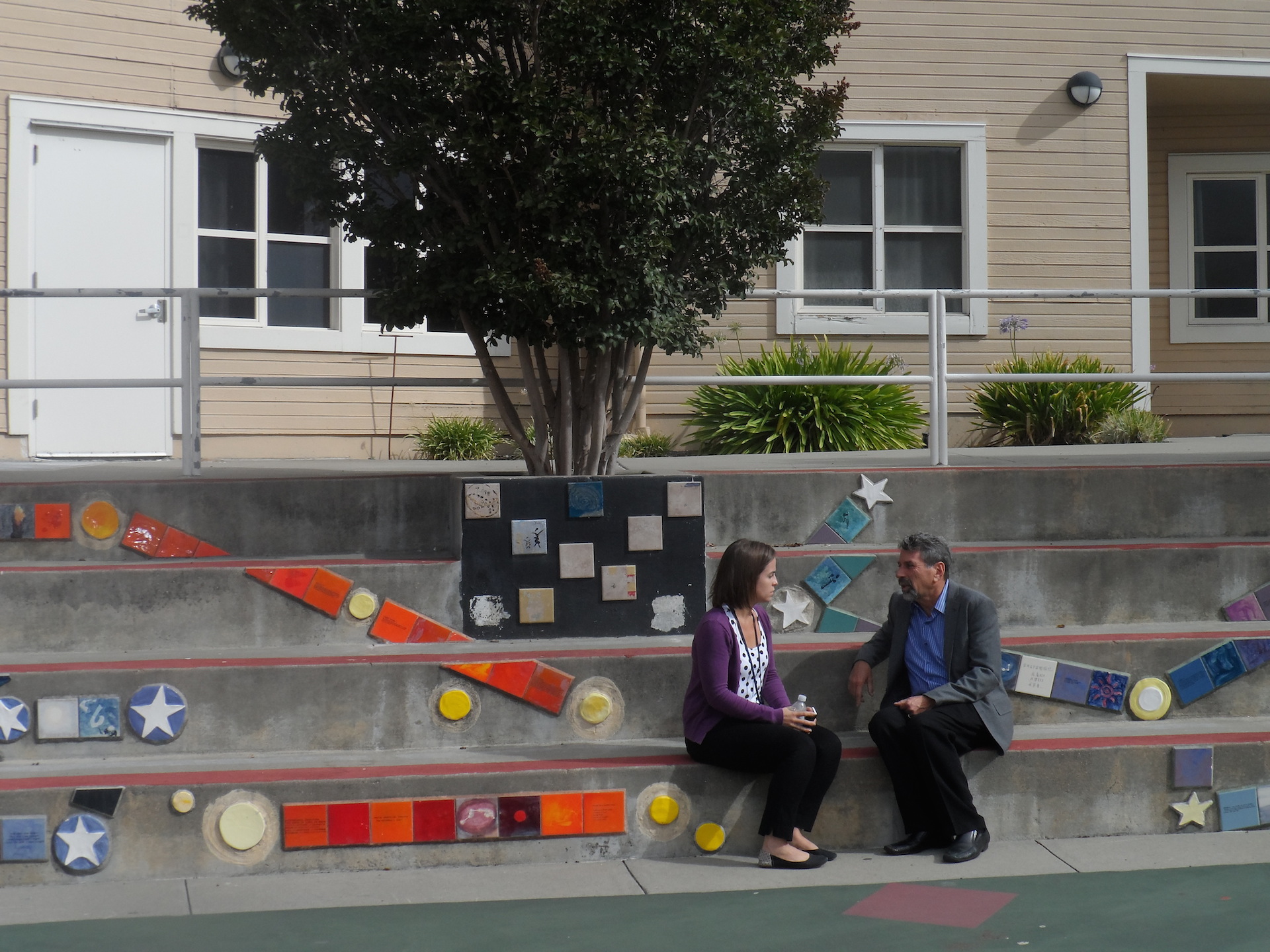
California’s public schools receive more than $400 million each year to provide mental health services to students, but at least 580,000 kids in the state have been left without help, a new report finds.
The report, from three children’s advocacy organizations, found that many school districts haven’t even adequately identified the students who need mental health services.
“We are limiting too many of our children, especially children of color, who can and will do well in school, graduate with their class, and go on to successful careers, if given the right services,” said Antionette Dozier, senior attorney at the Western Center on Law & Poverty, which co-authored the report, along with Mental Health Advocacy Services and the Learning Rights Law Center.
Researchers found that only one out of seven children eligible for mental health services receive them in California. Many kids who don’t receive help wind up in the juvenile justice system, the report states.
The study uses California Department of Education public records, as well as survey responses from 15 school districts, special education advocates providing services to over 900 children per year, mental health professions in 20 counties and over 70 parents. Researchers from Cal State University, Los Angeles and UCLA analyzed the data.
In 2011, a state law gave schools the sole responsibility for providing educationally related mental health services needed by students in special education. For 25 years prior to that, special education students received mental health services through a partnership between school districts and county mental health agencies.
School districts across California receive more than $400 million annually to pay for mental health services.
“While some schools have risen to the challenge and created programs for students with emotional and behavioral problems, too many schools claim that they either lack the funding for these services or providing mental health services is not their responsibility,” said Jim Preis, the executive director of Mental Health Advocacy Services.
Fewer children now receive school based mental health services than did in 2010, according to the report.
Researchers also found that the majority of kids who do get help aren’t receiving the right type of services for their needs.
“We know what the services are, we have providers who can provide them, and we have the funding available for the services,” Dozier said in a release. “California needs to take responsibility for holding school districts accountable for the success of the children in their care.”
The California State Auditor found in January that the state Department of Education hasn’t tracked what school districts do with the funding for mental health services or if students are receiving the help they need.
To illustrate the problem, Janeen Steel, co-executive director of the Learning Rights Center, shared the story of a 10-year-old boy with acute social anxiety. The boy hasn’t been able to receive help from the Long Beach Unified School District, she said.
The boy’s “condition makes it difficult for him to leave the home but the school district refused to assess him for mental health because he cannot get to the district office for an assessment,” Steel said in a release. “The family was referred to child welfare services and reported as truant for his failure to attend school.”
The boy is still waiting for help from the district, Steel said.





